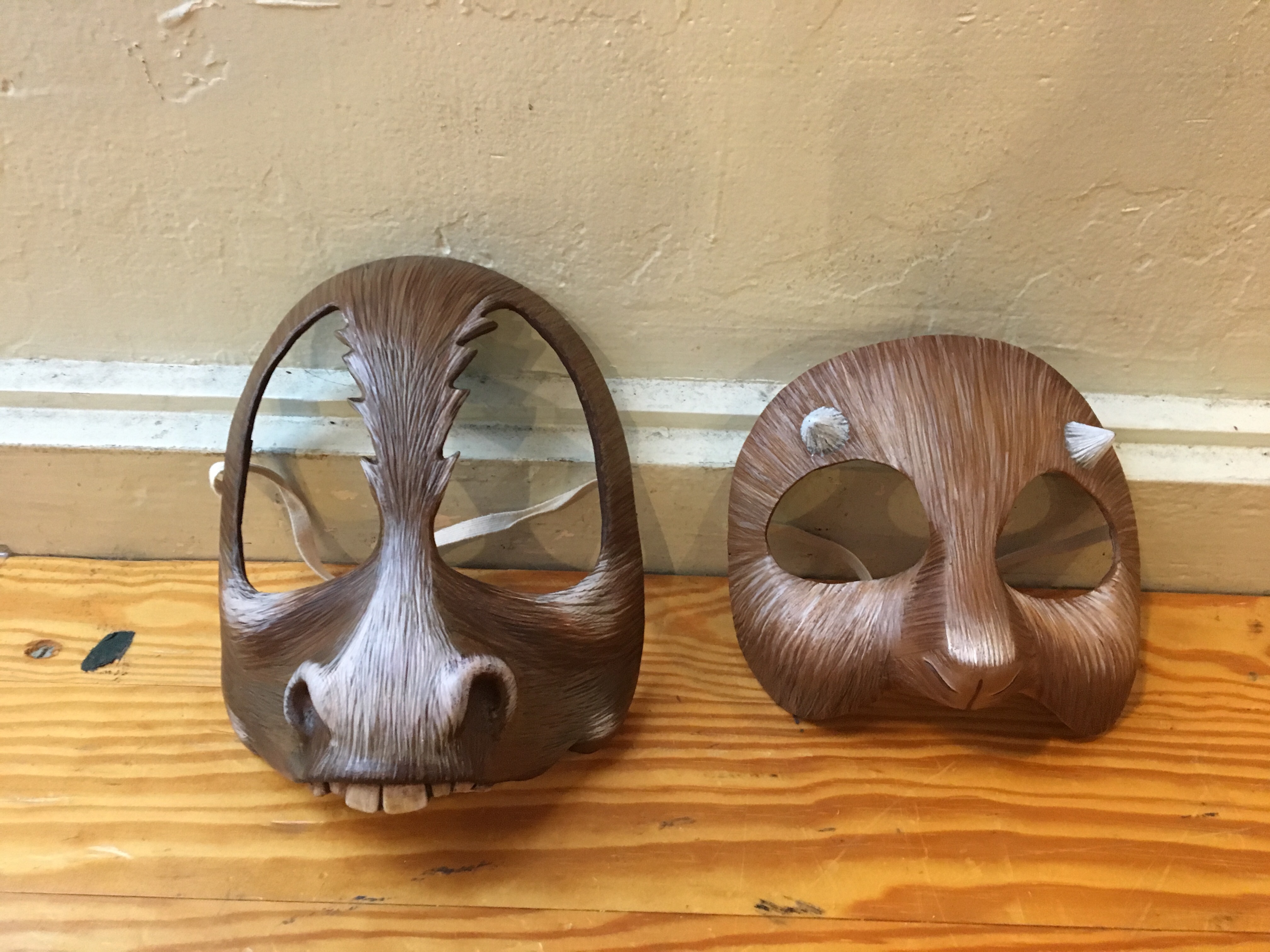By Kalina Ko, Literary Intern
What would A Midsummer Night’s Dream be without fairies?

The mythology of fairies is incredibly widespread and varied. The term “fairy” itself dates back to the middle ages of Europe. However, similarities have been found between fairies, nymphs from Greek mythology, jinni from Arabic mythology, and other creatures in other cultures. Traditionally, fairies were viewed as very physically beautiful but evil and untrustworthy characters. They were often blamed for various tragedies and misfortunes. Common folklore related to fairies are fairy rings, circular rings often made up of mushrooms. There are a number of gruesome fates that can befall a human if they enter a fairy ring.
In A Midsummer Night’s Dream, Titania and Oberon fight over a child, which they call a “changeling.” A changeling is a fairy child left in the place of a stolen human child. The changeling would grow up to have a number of diseases, developmental disabilities, and disorders. The exchange was often done without the knowledge or consent of the parents. However, in Shakespeare’s play, the “changeling” is actually a human child adopted by fairies.

One of perhaps the most iconic fairies in A Midsummer Night’s Dream is Robin Goodfellow (commonly known as Puck). However, his name is actually Robin Goodfellow and he is a fairy type called a “puck.” Puck seems to be a combination of various trickster creatures in mythology including the hobgoblin, the brownie, and the will-o’-the-wisp.
In our production of A Midsummer Night’s Dream, the fairies all wear masks.
Below is an interview with Amelia Adams, our mask and movement specialist.
Kalina Koh: What is unique about how the fairies operate in this production?
Amelia Adams: What excites me about this production is that we’re not creating elegant refined fairies. We have fairies in both the Green Show and in the mainstage show that are more brash, with a perspective on their world that is not vapid. A lot of the work that I’m incorporating ranges from commedia dell’arte, tai chi to Balinese dance and working with how we release our energy and also our movement quality. We’re already working with specific ideas around what kind of magic Oberon has versus what kind of magic Titania and her army have incorporating the elements to create a physical vocabulary.
KK: How do you differentiate between the fairies and humans?

AA: I feel fairies live in a world of animism. Instead of one higher power, we have all these different powers and forces moving within the world. As with Greek mythology, you have all these family dramas happening that are changing the weather, the environment around the humans. So it has larger ramifications than two people arguing in their living room. It’s creating global havoc!
KK: How does one approach working with a mask?
AA: There are many approaches to working in mask. Kendra has designed these masks based on some animals and images that she found. Even though they are going to fit the actor’s face – a mold was made for our leading actors – sometimes that means the actor needs to look at the mask or themself in the mask to understand the character’s and how they will inhabit the mask so it can live, what’s called print or pop. Sometimes just lowering the jaw, opening the eyes, or even lifting the shoulders will help you feel the character, but it often takes time.
KK: What is your favorite aspect about the masks and the fairies so far?
AA: Masks gives you permission to take greater risks than you might do without them. A mask is something that you fill to transform. They require precision and clarity, which are essential in storytelling. To truly embody a mask means that you’re not just making a shape, you’re finding a new way of breathing and you’re finding a new spine. They help us find and create different worlds of possibility. I am thrilled that our actors are eager and committed to this work, some of whom have extensive mask experience already. I don’t see anyone shying away from taking risks and there are some lovely partnerships developing already.
Sources:
- https://en.wikipedia.org/wiki/Fairy
- Chaudhuri, Sukanta. Introduction to A Midsummer Night’s Dream, 1-115. Editedby Sukanta Chaudhuri. New York: Bloomsbury Arden Shakespeare, 2017.

